Creating a garden can be an enriching experience filled with the joy of watching life flourish right in your own backyard. But what if your gardening efforts could go beyond simple aesthetic appeal to also benefit the environment and native wildlife? That’s the magic of focusing on native plants.
This guide is a comprehensive resource tailored specifically for Washington, DC residents, walking you through the journey of planning a garden that is not just beautiful but also ecologically responsible.
The Advantages of Native Plants
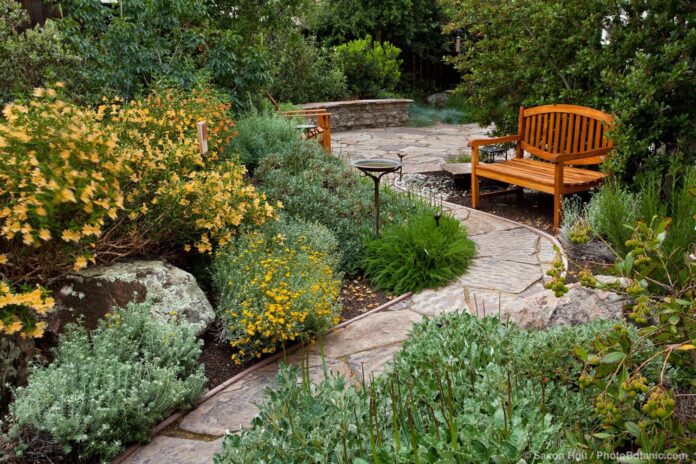
Environmental Benefits
Native plants evolved to thrive in their local ecosystems. This means they are naturally adapted to local soil conditions, climate, and wildlife, which makes them remarkably low-maintenance compared to exotic species.
Because they are adapted to local conditions, they usually require less water, reducing your consumption of this precious resource. Also, native plants often have natural resistance to local pests and diseases, thereby diminishing the need for chemical fertilizers and pesticides.
Aesthetic Benefits
From vibrant flowering perennials like swamp milkweed to grass alternatives like little bluestem, native plants offer a broad range of colors, shapes, and sizes, giving you plenty of creative options for your garden. Their natural beauty is often complemented by the native birds and pollinators they attract, adding movement and life to your outdoor space.
Cultural Connection
Incorporating native plants offers a tangible way to connect with the land you live on. You’re participating in a tradition of local ecology that predates the concrete and buildings, a practice that offers profound emotional and cultural benefits.
Consider Your Space and Soil
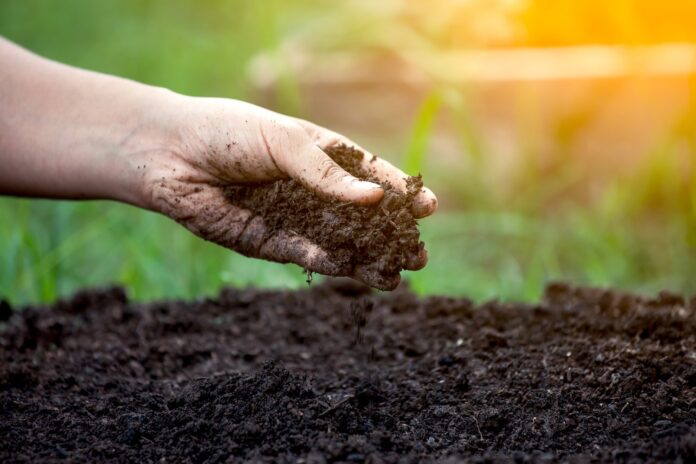
Size and Layout
Every garden is unique, both in size and layout. Even a small balcony can become a lush space filled with native plants in containers. If you have more space, you can consider larger shrubs and trees. Sketch out a design on paper, considering how each plant’s size and shape will contribute to the overall aesthetics.
Soil Testing
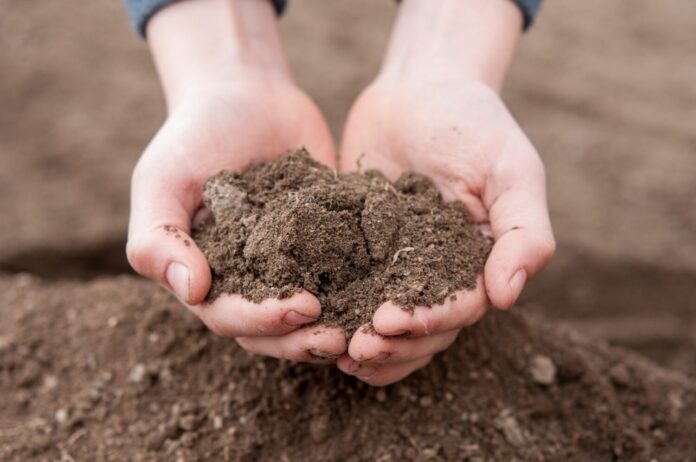
One of the first practical steps in planning a garden is soil testing. This will provide information about soil pH and nutrient levels, allowing you to make more informed decisions about plant selection and soil amendment. Home test kits are available, but for more detailed information, consider sending a soil sample to a local lab.
Sunlight and Shade
Mapping the sun and shade patterns in your garden is equally crucial. Plants like full sun, partial shade, or full shade, and understanding the light conditions in your space will help you place each plant where it can thrive.
How to Source Native Plants Responsibly
Local Nurseries
Local nurseries and garden centers often have a selection of native plants. However, be cautious. Not every plant sold as “native” is genuinely local. Speak with the staff, who are generally knowledgeable about which plants are suitable for your area and how to care for them.
Online Resources
The internet is a vast resource for plant shopping, but be wary of where you purchase. Websites such as Garden for Wildlife, a program developed by the National Wildlife Federation, can guide you in the right direction. Always research reviews and possibly consult online gardening communities before making a decision.
Seed Exchanges
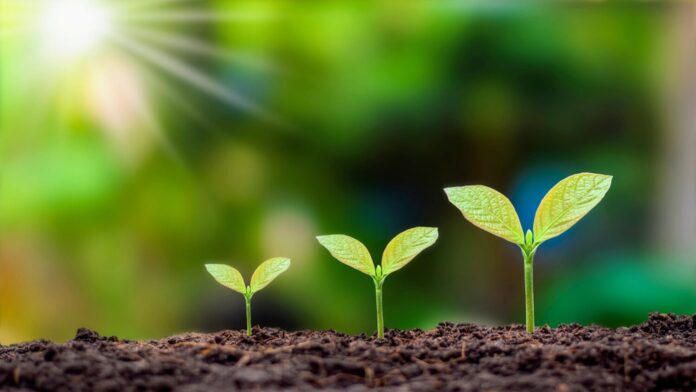
Community-based seed exchanges are an excellent way to acquire native plants and share their wealth with others. These usually focus on local, organically grown varieties. They offer not only seeds but also a wealth of shared community knowledge.
Avoiding Invasive Species
While many native plants are beneficial, some can become invasive under the right conditions. Always do your research to ensure you’re picking plants that will coexist harmoniously.
Design Tips
Planting for Seasons
Native plants come in all sorts of varieties that bloom at different times. Planning your garden to have something in bloom throughout the seasons will provide year-round visual interest and benefits to local wildlife.
Creating Layers
Think of your garden as a mini-ecosystem. Use taller trees and shrubs to create a canopy, with shorter plants and groundcovers below. This “layering” adds visual depth and mimics natural landscapes, offering different habitats for various types of wildlife.
Focal Points
Choosing a striking native tree or a colorful collection of wildflowers as a focal point can add a touch of drama to your garden. These focal points guide the viewer’s eye and can even be structured to hide less attractive elements like compost piles or sheds.
Paths and Borders
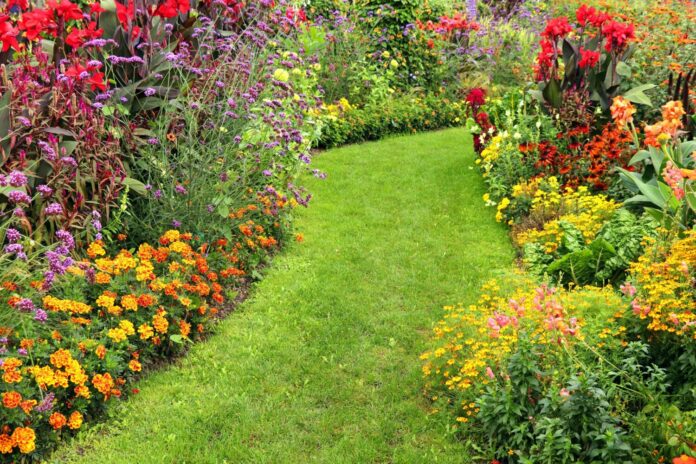
Incorporate paths made from natural, permeable materials like gravel or stepping stones. These paths offer accessibility while allowing water to reach the soil. Borders made of native stone or strategically planted shrubs can define spaces and add structure.
Planting and Maintenance
Planting Techniques
Optimal planting times for most native plants tend to be during the fall or spring when the weather is mild. Preparing the ground with proper spacing and depth is essential. Look up the specific needs of each plant species for best results.
Ongoing Care
Watering needs can differ significantly between native plants. Some may require regular watering, especially during their first year, while others are more drought-tolerant. Pruning is another consideration; some native plants benefit from occasional trimming to maintain their shape and health.
How to Engage with Native Plant Initiatives
If you’re interested in going beyond your garden, there are multiple ways to engage. Many local organizations offer workshops and volunteer opportunities. You could even participate in local native plant garden tours or join social media groups focused on native plant gardening in Washington, DC.
Your Next Steps to an Ecological Paradise
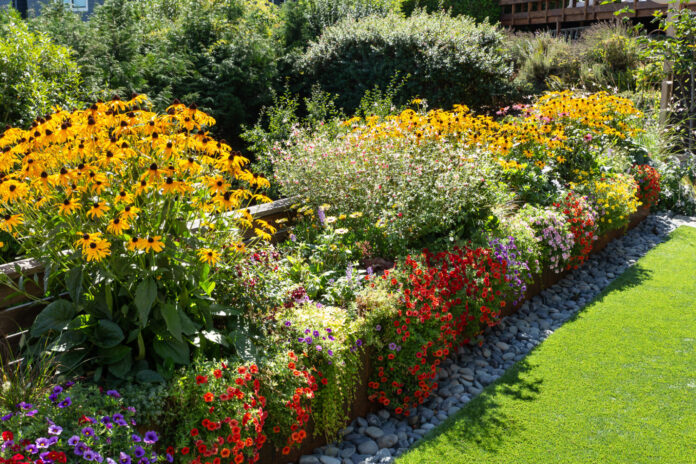
The journey towards a native plant garden is a fulfilling and enriching experience. Through careful planning and responsible choices, your garden can become a sanctuary of natural beauty and biodiversity. You will be contributing positively to your local ecosystem while enjoying a unique, vibrant, and emotionally rewarding outdoor space.
Additional Resources
If you’re looking for more in-depth information, books like Bringing Nature Home by Doug Tallamy and Native Plants for the Small Yard by Kate Brandes are excellent resources. Websites like the Garden for Wildlife and local gardening forums can also offer you a wide range of information and support for your native plant journey.
So, why wait? Dive into the world of native plant gardening and discover how fulfilling and impactful it can be!









